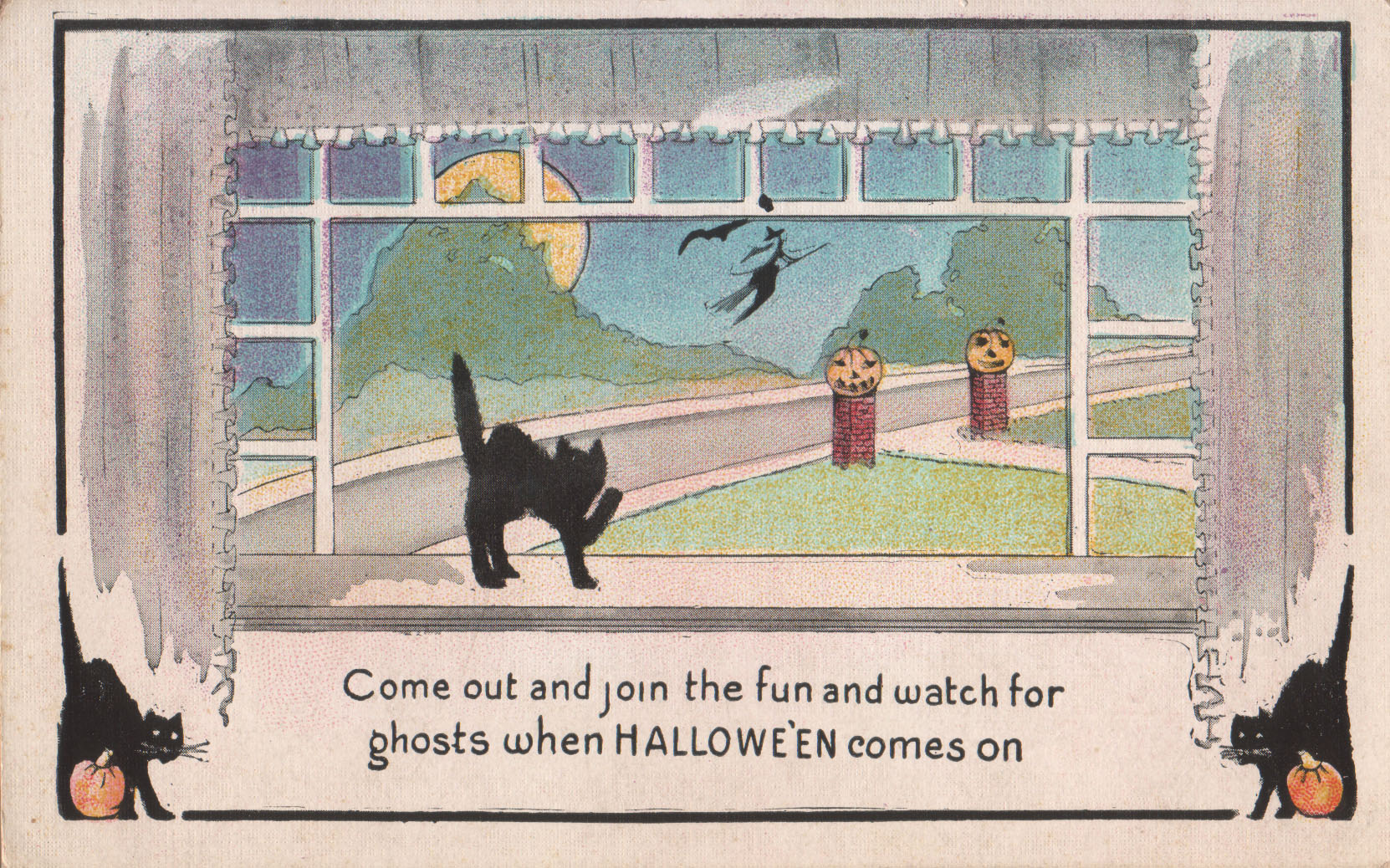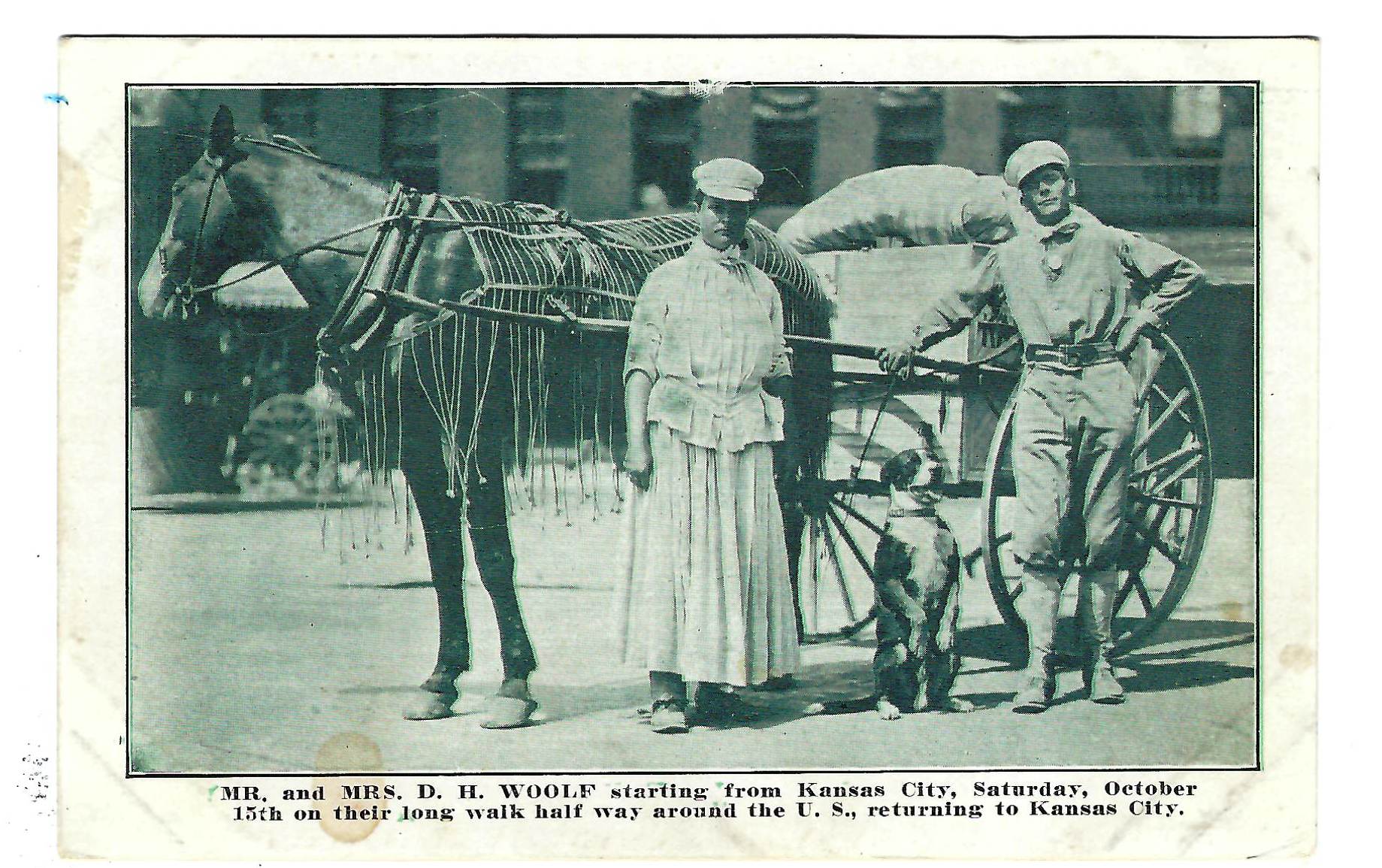By MICHAEL BUSHNELL
Northeast News
October 26, 2016
Halloween traces its origins to the ancient Celtic holiday “Samhain” (pronounced “sow-in”), celebrating the end of the traditional summer growing season on Oct. 31.
The Celts, who lived 2,000 years ago in the area that is now Ireland, the United Kingdom and northern France, celebrated their new year on Nov. 1. This day marked the beginning of the dark, cold winter — a time of year that was often associated with human death. Celts believed that on the night before the new year, the boundary between the worlds of the living and the dead became blurred. On the night of Oct. 31, Samhain, it was believed that the ghosts of the dead returned to earth. One story says that on that day, the disembodied spirits of all those who had died throughout the preceding year would come back in search of living bodies to possess for the next year. It was believed to be their only hope for the afterlife.
The Celts believed all laws of space and time were suspended during Samhain time, allowing the spirit world to intermingle with the living. Naturally, the living did not want to be possessed. So on the night of Oct. 31, villagers would extinguish the fires in their homes, to make them cold and undesirable. They would then dress up in all manner of ghoulish costumes and noisily parade around the neighborhood, being as destructive as possible in order to frighten away spirits looking for bodies to possess.
The custom of carving gourds on Halloween also traces its roots to Ireland and an old Irish tale about a man named Jack who was a noted trickster and drunkard. According to Irish lore, Jack tricked Satan into climbing a tree. Jack then carved an image of the cross into the tree’s trunk, thus trapping Satan up the tree. Jack made a deal with the devil that if he never tempted him again, Jack would let him out of the tree. After Jack died, however, he was denied access to heaven because of his evil ways. Hell had no welcome mat out for Jack either, because he had tricked the devil. Instead, the devil gave Jack a single ember to light his way through the frigid darkness. The ember was placed inside a hollowed-out turnip to keep it glowing longer.
Upon arriving in America, Europeans discovered gourds (pumpkins) were more plentiful than turnips, so the custom of hollowing out pumpkins to make “Jack’s Lanterns” was thus Americanized.
Halloween’s chilling origins
Related Posts
See Kansas in style, along the new Kansas Turnpike!
Michael BushnellPublisher This chrome-style postcard showcases one of the many service areas along the newly completed Kansas Turnpike. The Kansas Turnpike was the brainchild of two influential Kansans, who had…
The fabulous Walking Woolfs
Michael BushnellPublisher “Mr. and Mrs. D. H. Woolf on their walk from Kansas City to New York City. Started Monday, May 2nd, 1910. Their dog accompanied them last season through…



















